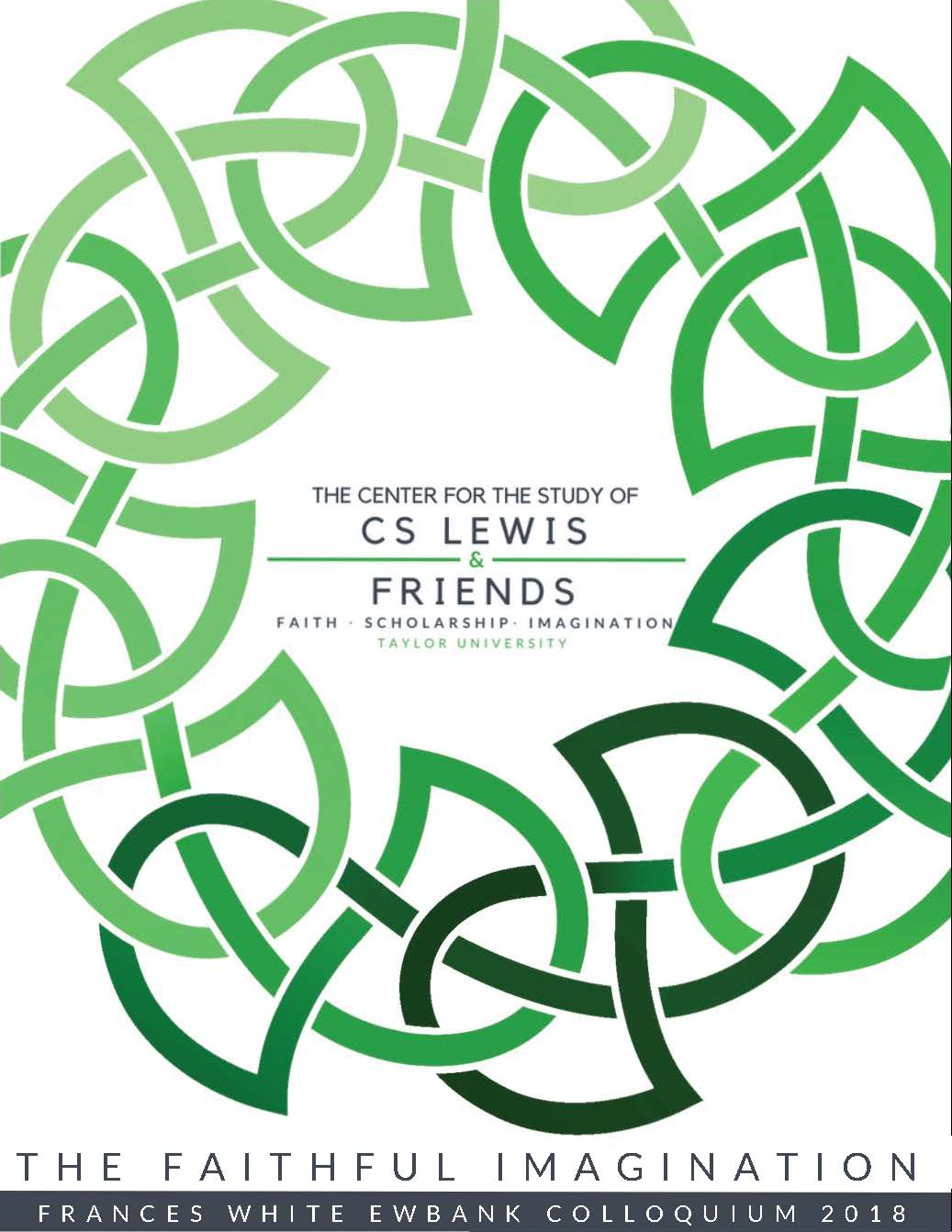Event Title
Concurrent Paper Session 5B: Friends and Frenemies
Location
Euler 130
Start Date
2-6-2018 9:15 AM
Description
"The (Revised) Clinical Imagination: An Unpublished 'Appendix' to The Problem of Pain - Sarah O'Dell
C. S. Lewis’s The Problem of Pain concludes with a contribution from a fellow Inkling: a short “note on the observed effects of pain…kindly supplied by R. Havard, MD, from clinical experience.” Robert E. Havard himself speaks of the collaboration requested by Lewis, remarking that he “was glad to do so and took some trouble over it.” He also notes that he overran his allowance of a thousand words, prompting another mention of “trouble”: Lewis “edited it [and] shortened it…I was impressed by the trouble he took to get it right.” The printed version of the “Appendix” is under six hundred words in length and complements the tone and substance of Lewis’s text. However, an unpublished draft of Havard’s “Appendix” complicates the matter. Reading the aforementioned draft and The Problem of Pain in concert reveals ways in which Havard’s original contribution problematized and even subverted aspects of Lewis’s theodicy. This is most striking in Havard’s discussion of mental illness, a topic utterly unacknowledged in The Problem of Pain. This paper will illuminate this tension, exploring Lewis’s possible motivations for drastically changing the character of the “Appendix” as well as considering the broader implications of Havard’s work.
"E. M. W. Tillyard: A Catalyst for Lewis's Preface" - Christine Murphy
"C.S. Lewis's Theory of Sehnsucht as a Tool for Theorizing L. M. Montgomery's Experience of 'The Flash'" - Brenton Dickieson
As Surprised by Joy is a philosophical treatise on Joy, so L.M. Montgomery’s autobiography, The Alpine Path, is a reflection on her experience of “the Flash.” As Lewis’s concept of sehnsucht weaves through his entire corpus, so Montgomery invites her reader into a spirituality of Joy. Montgomery does this by bridging two main sources: the broad Protestant literary spiritual tradition and the fantastic world of faërie—a bridging that echoes Lewis’s conversation about “the two hemispheres of my mind.” The third source for this literary spirituality is her experience of “the Flash.” Focusing primarily on the character Emily of Montgomery’s New Moon series, this paper uses C. S. Lewis’s philosophy of sehnsucht to press in on definitions of Montgomery’s “Flash.”
Event Type
Paper
Concurrent Paper Session 5B: Friends and Frenemies
Euler 130
"The (Revised) Clinical Imagination: An Unpublished 'Appendix' to The Problem of Pain - Sarah O'Dell
C. S. Lewis’s The Problem of Pain concludes with a contribution from a fellow Inkling: a short “note on the observed effects of pain…kindly supplied by R. Havard, MD, from clinical experience.” Robert E. Havard himself speaks of the collaboration requested by Lewis, remarking that he “was glad to do so and took some trouble over it.” He also notes that he overran his allowance of a thousand words, prompting another mention of “trouble”: Lewis “edited it [and] shortened it…I was impressed by the trouble he took to get it right.” The printed version of the “Appendix” is under six hundred words in length and complements the tone and substance of Lewis’s text. However, an unpublished draft of Havard’s “Appendix” complicates the matter. Reading the aforementioned draft and The Problem of Pain in concert reveals ways in which Havard’s original contribution problematized and even subverted aspects of Lewis’s theodicy. This is most striking in Havard’s discussion of mental illness, a topic utterly unacknowledged in The Problem of Pain. This paper will illuminate this tension, exploring Lewis’s possible motivations for drastically changing the character of the “Appendix” as well as considering the broader implications of Havard’s work.
"E. M. W. Tillyard: A Catalyst for Lewis's Preface" - Christine Murphy
"C.S. Lewis's Theory of Sehnsucht as a Tool for Theorizing L. M. Montgomery's Experience of 'The Flash'" - Brenton Dickieson
As Surprised by Joy is a philosophical treatise on Joy, so L.M. Montgomery’s autobiography, The Alpine Path, is a reflection on her experience of “the Flash.” As Lewis’s concept of sehnsucht weaves through his entire corpus, so Montgomery invites her reader into a spirituality of Joy. Montgomery does this by bridging two main sources: the broad Protestant literary spiritual tradition and the fantastic world of faërie—a bridging that echoes Lewis’s conversation about “the two hemispheres of my mind.” The third source for this literary spirituality is her experience of “the Flash.” Focusing primarily on the character Emily of Montgomery’s New Moon series, this paper uses C. S. Lewis’s philosophy of sehnsucht to press in on definitions of Montgomery’s “Flash.”


